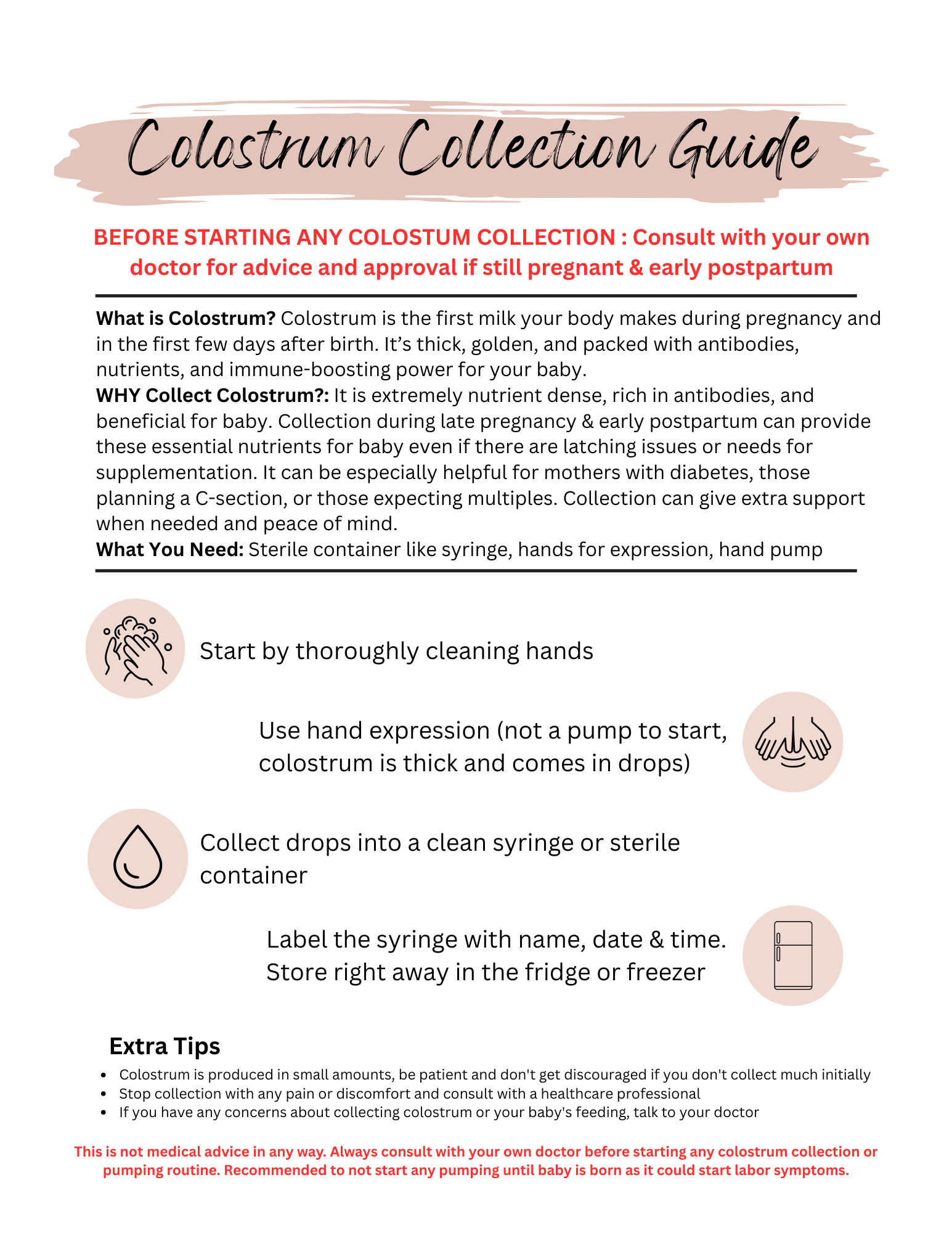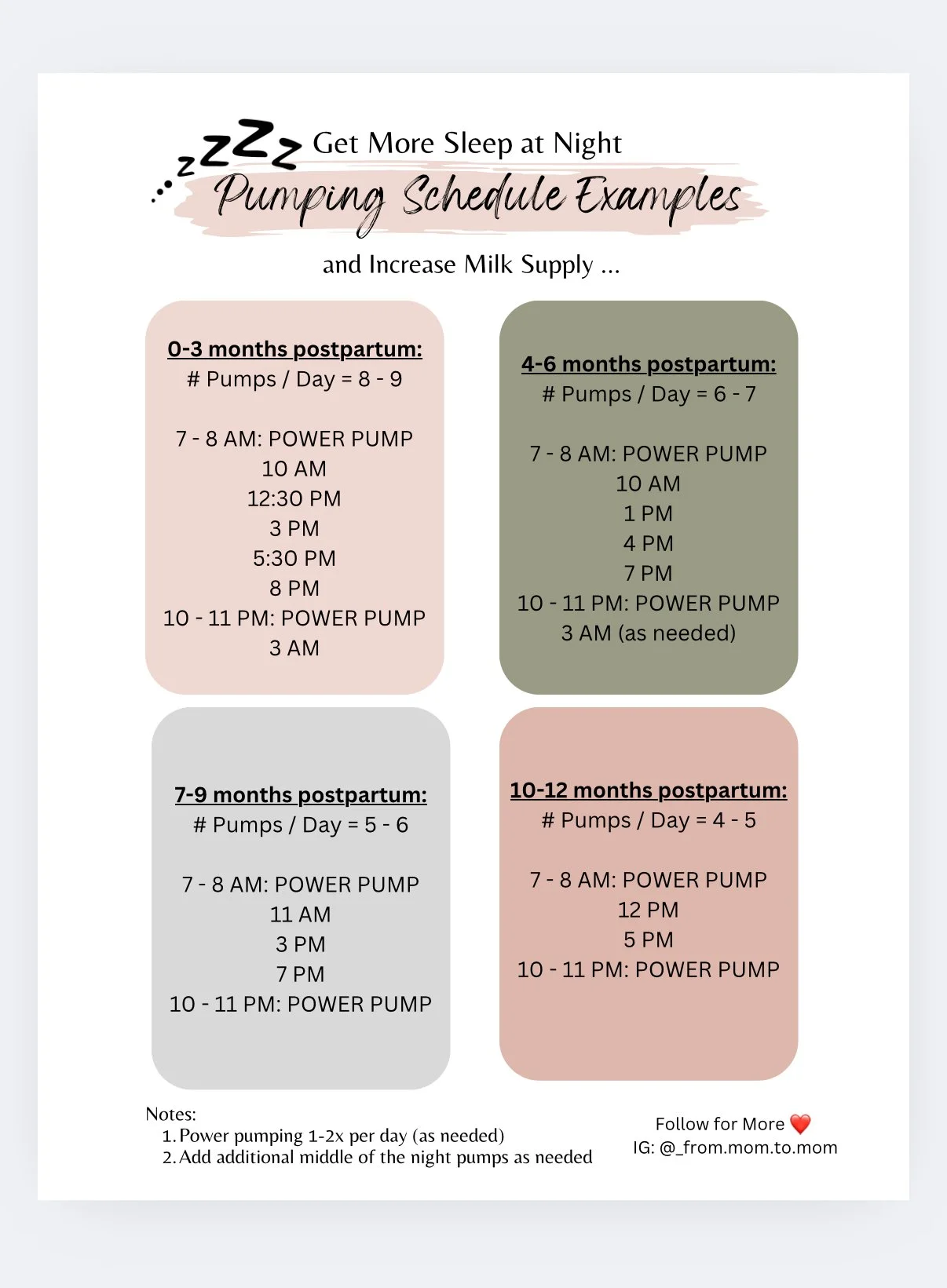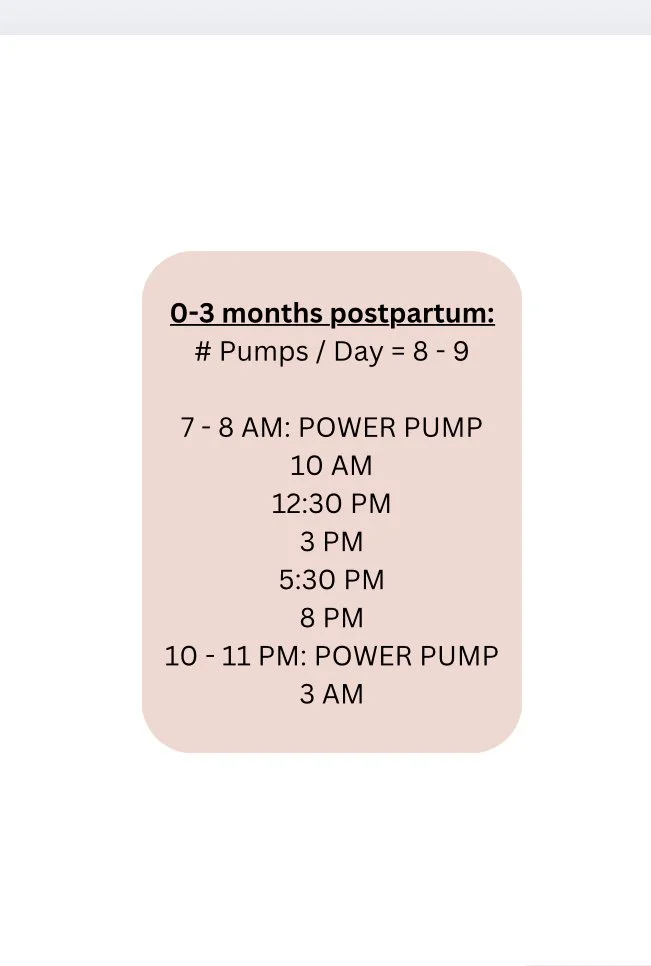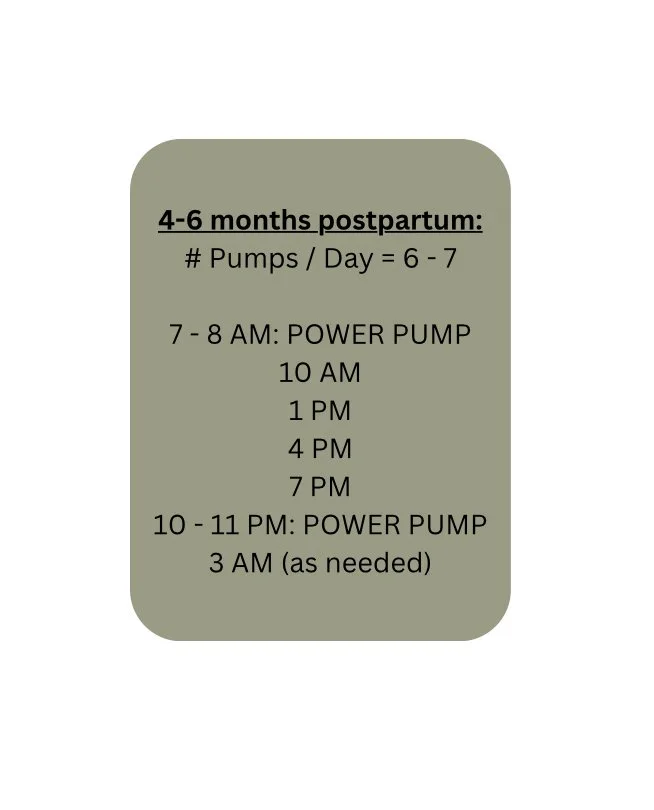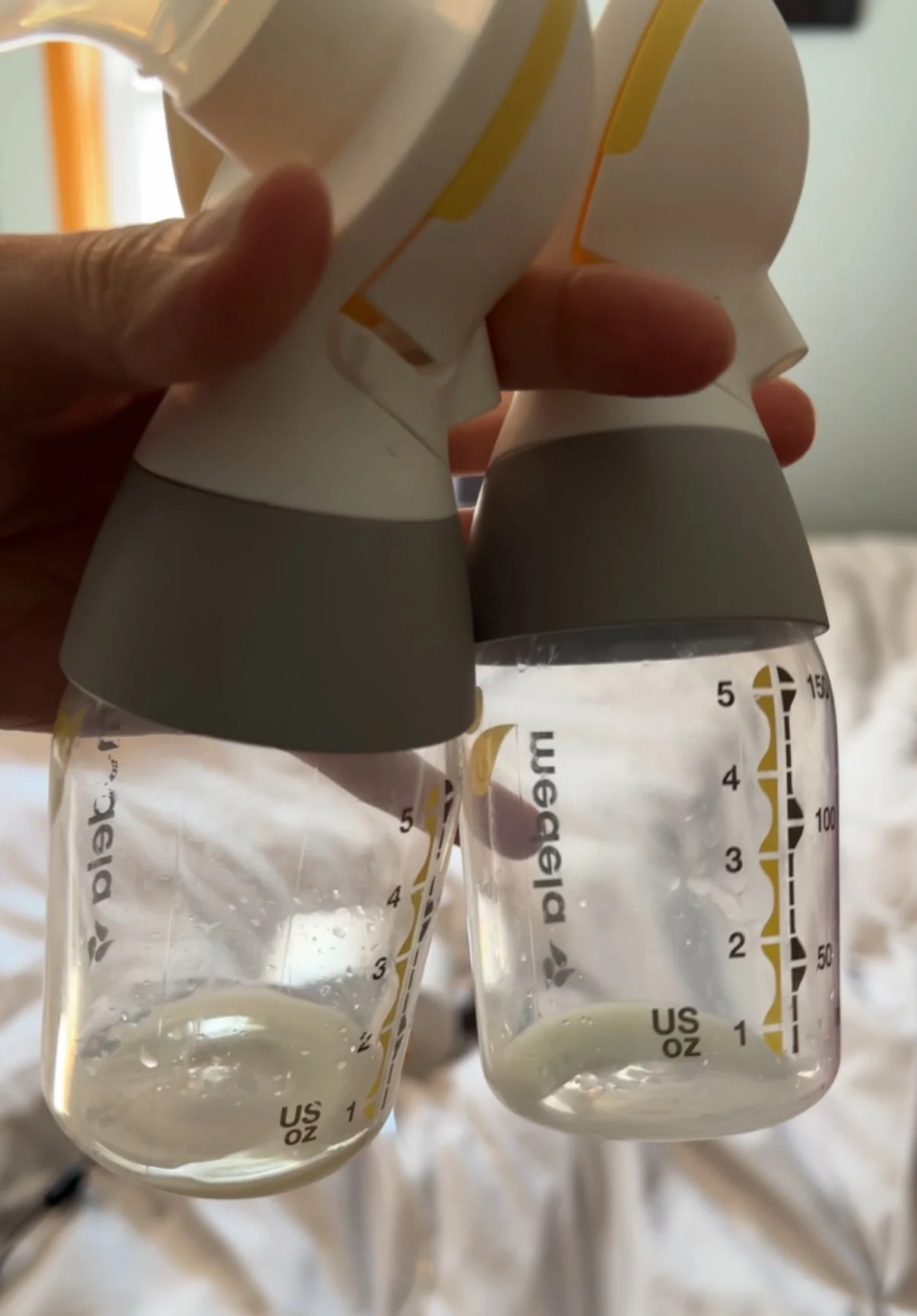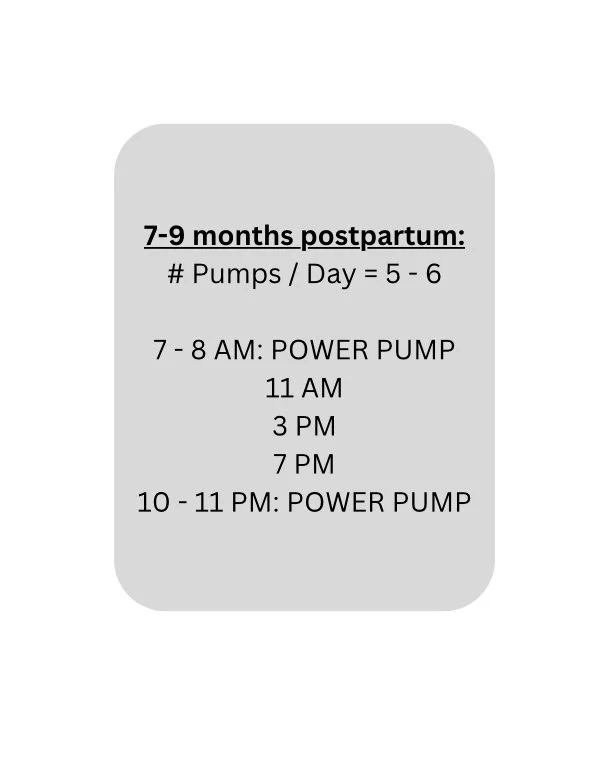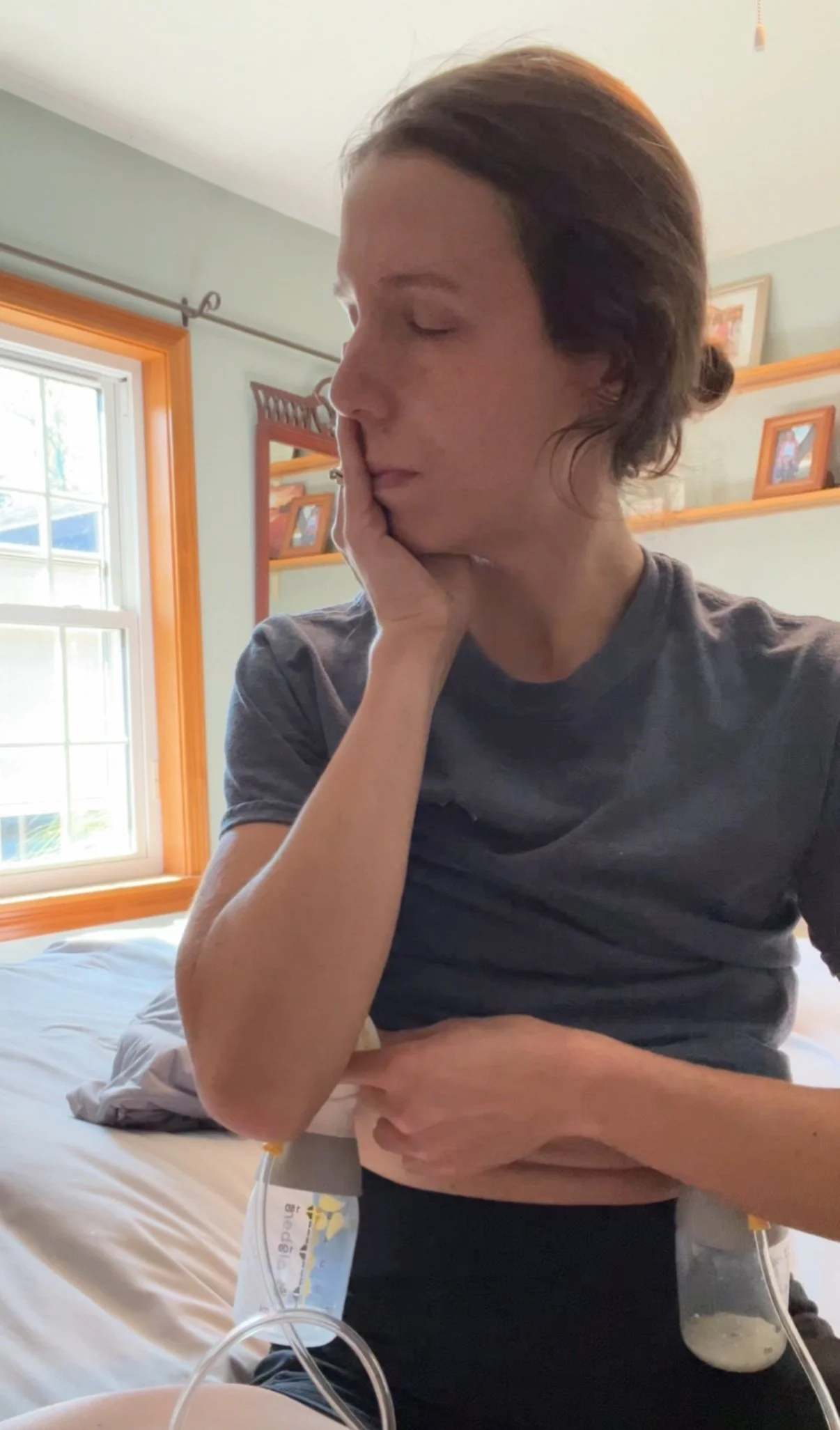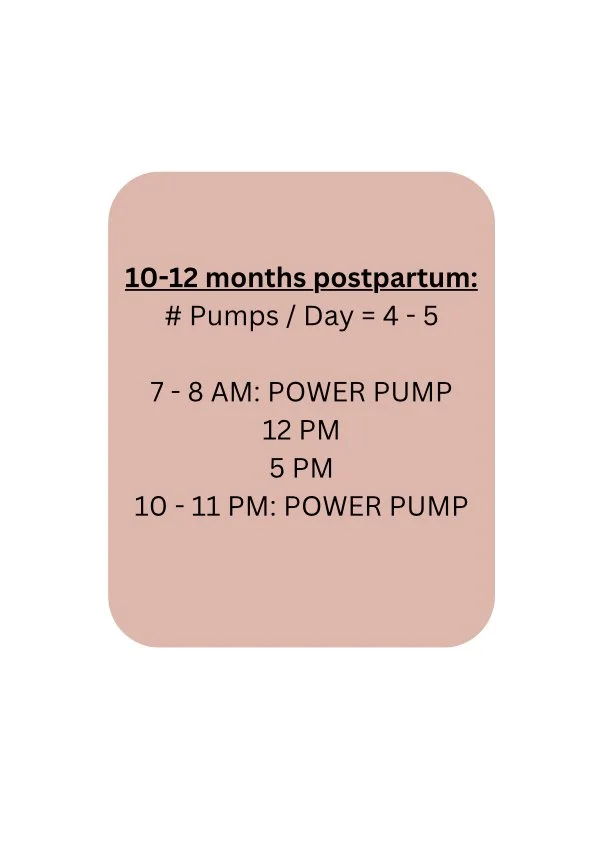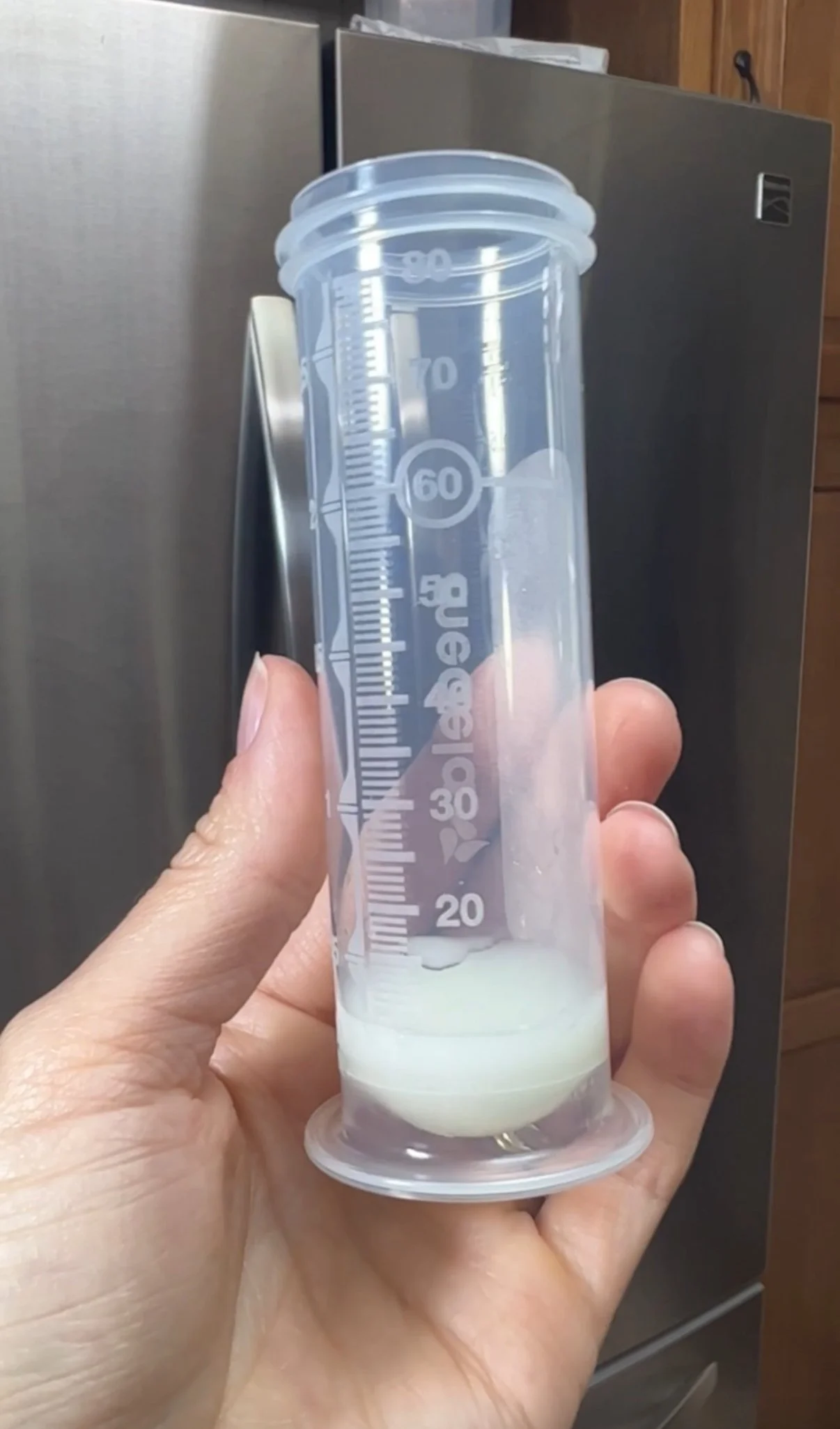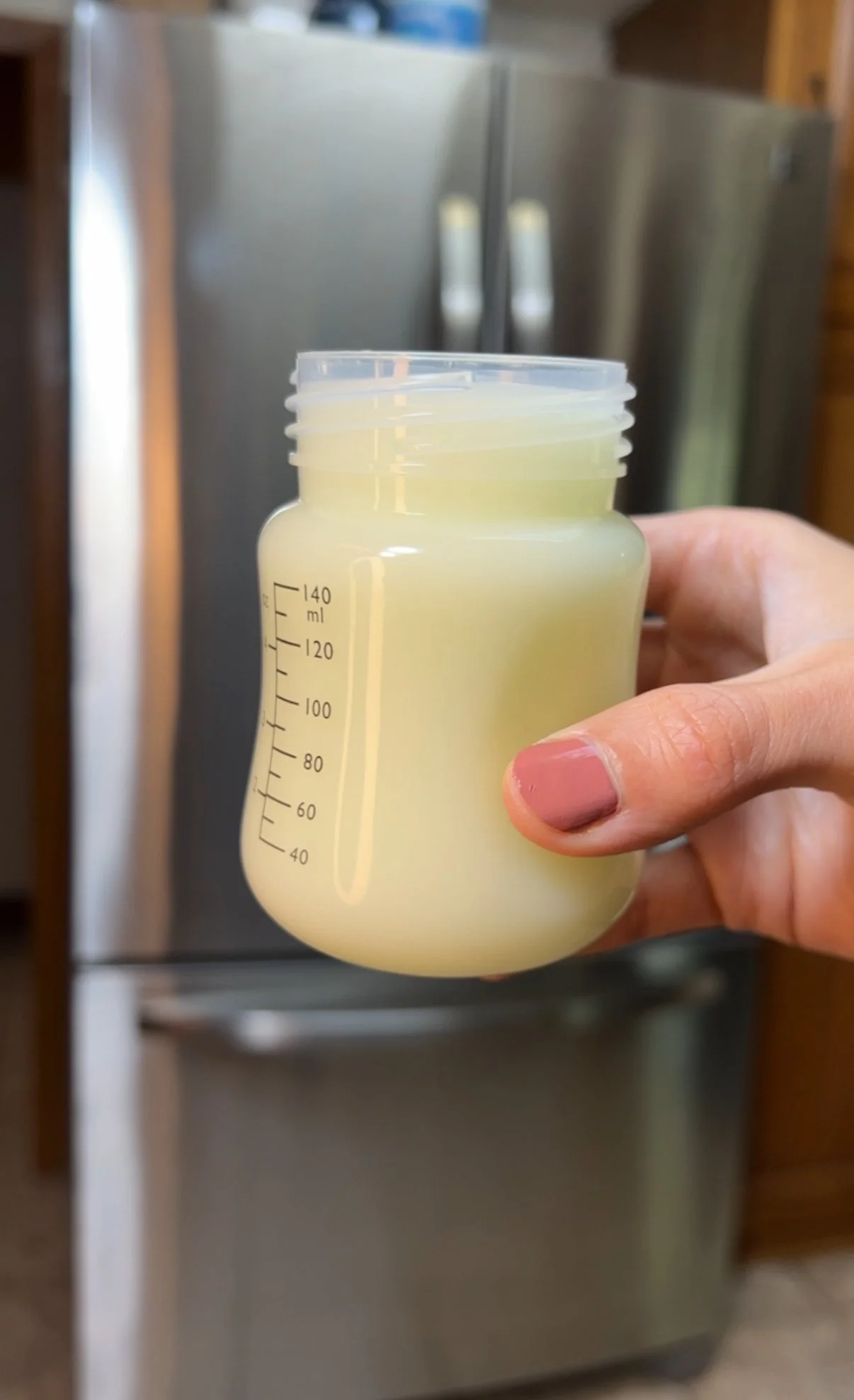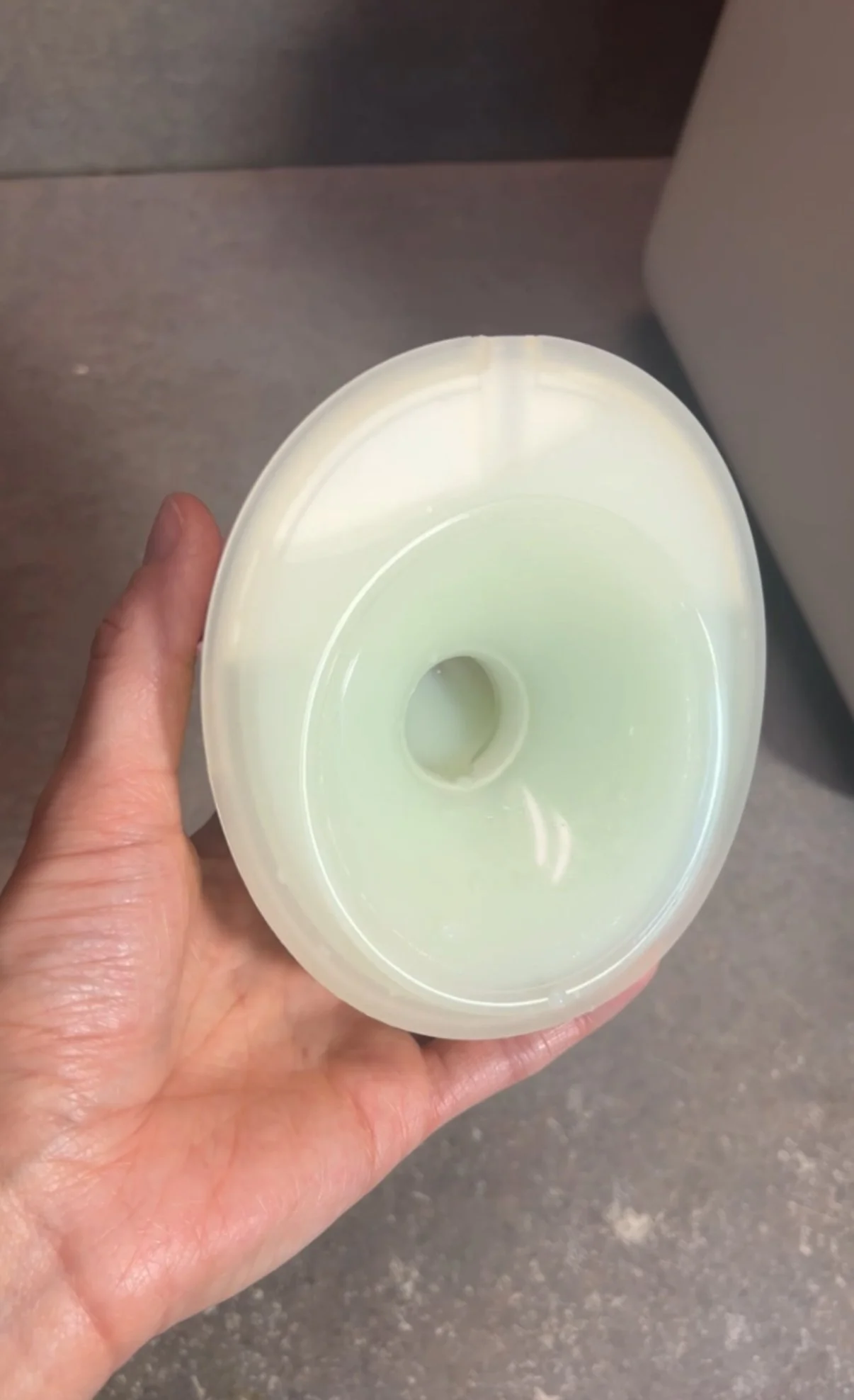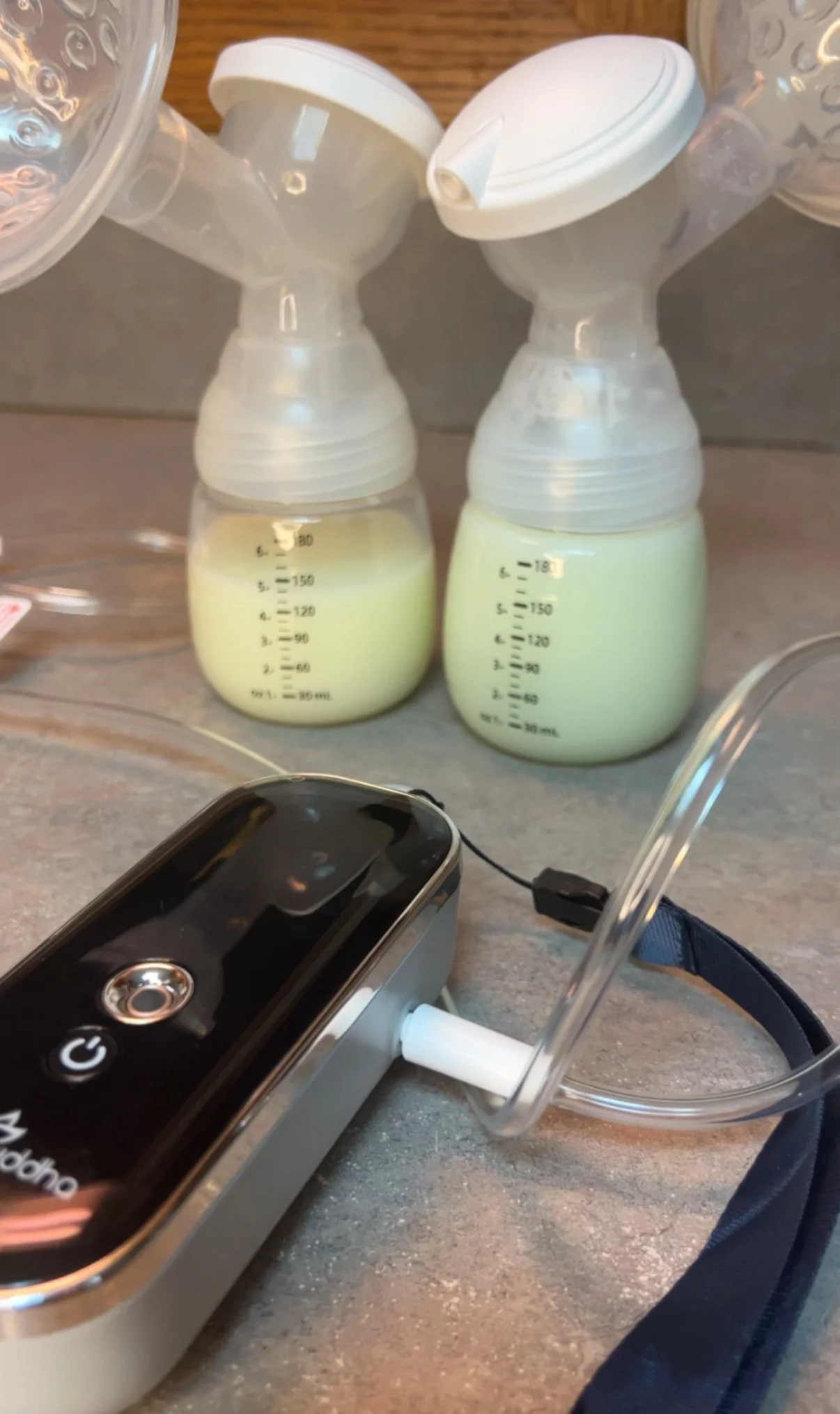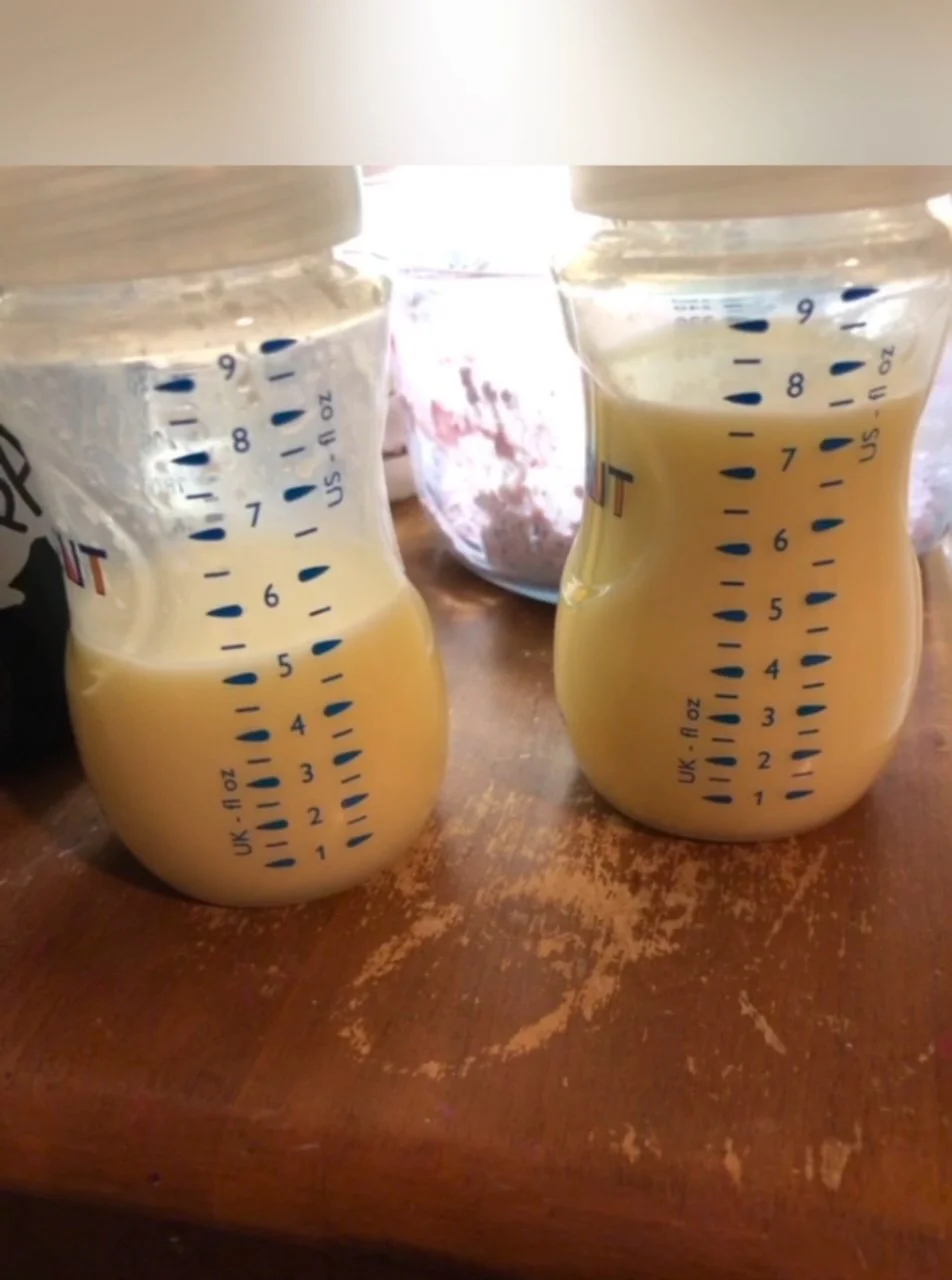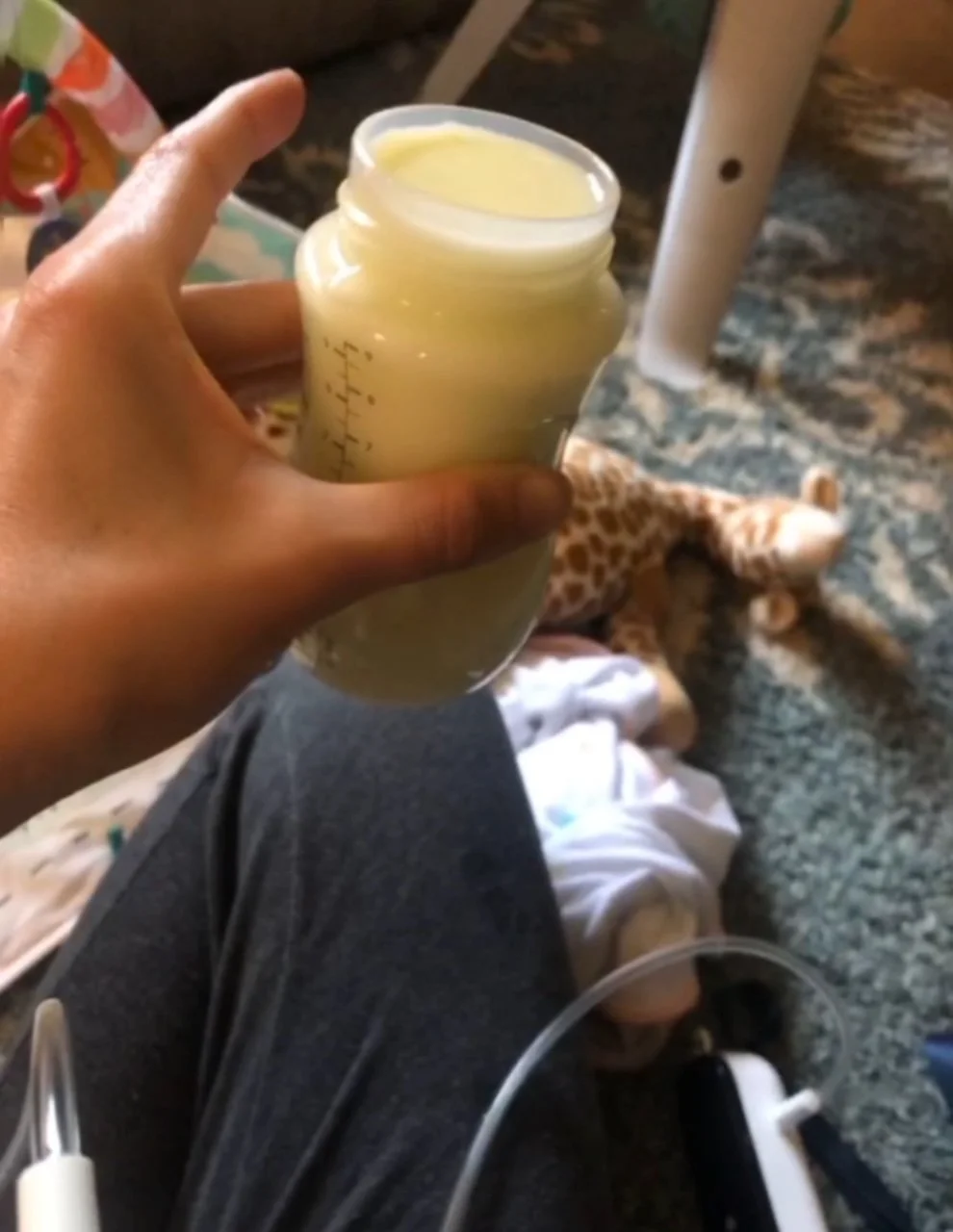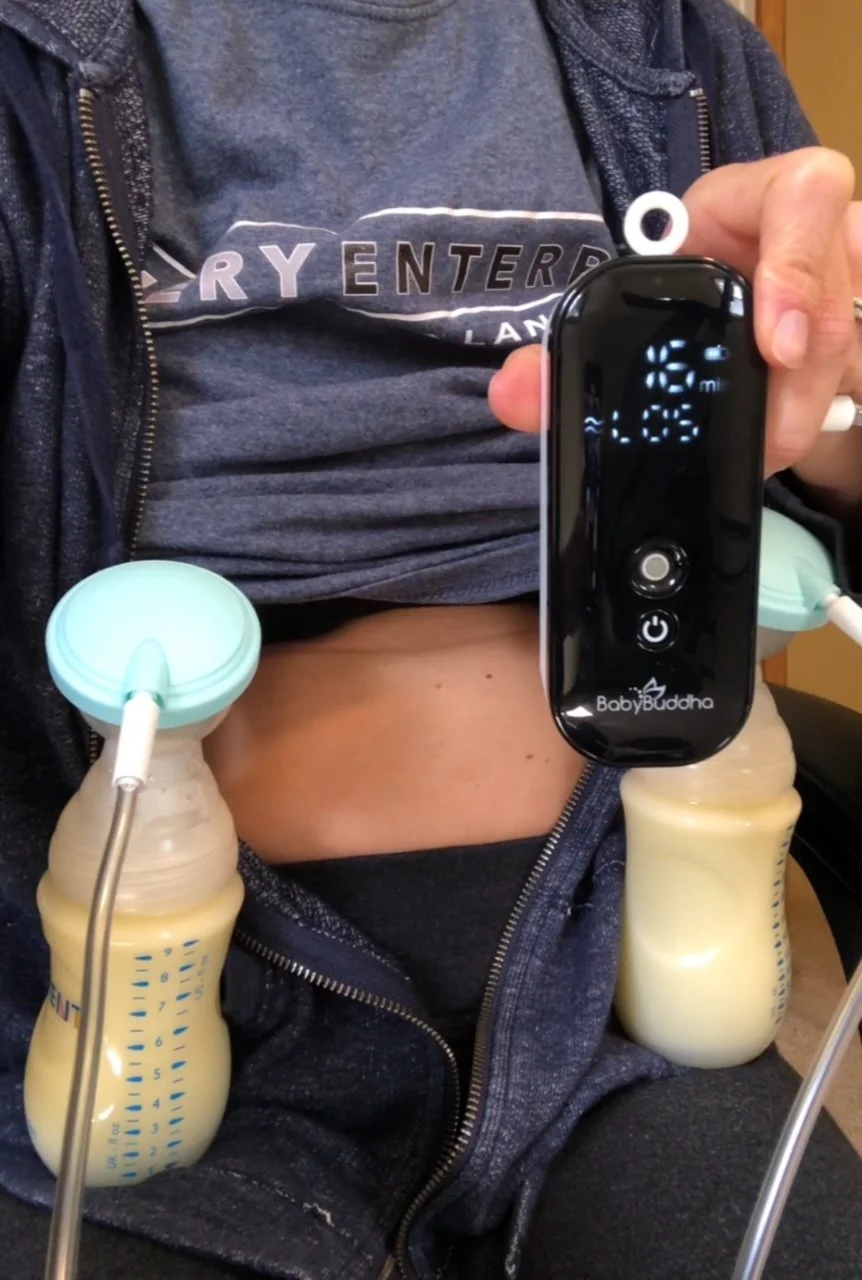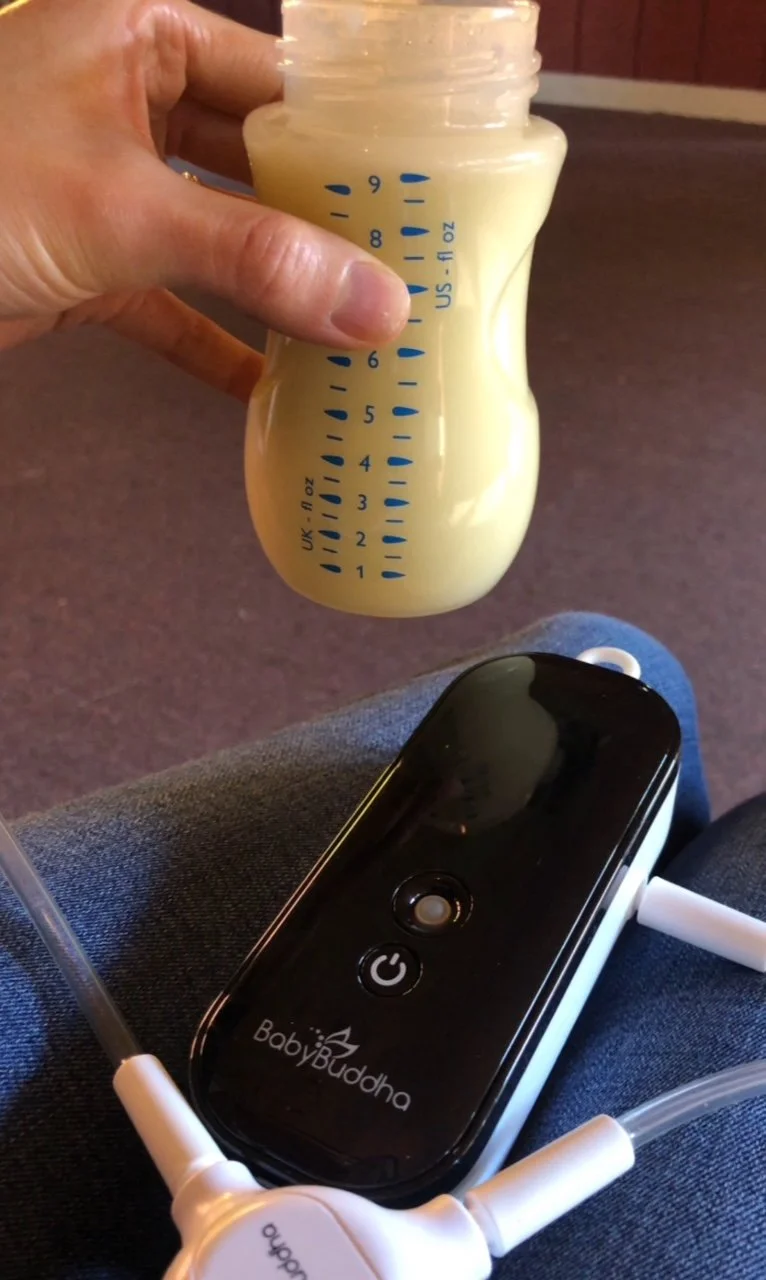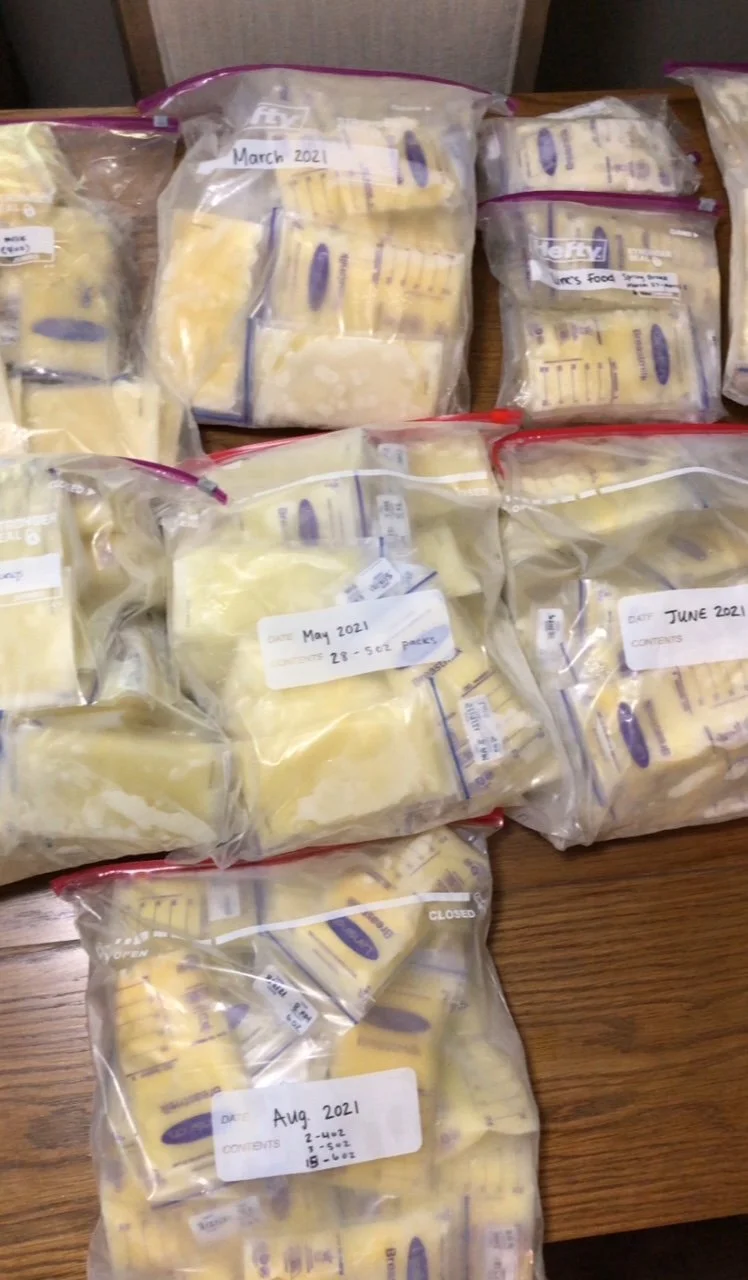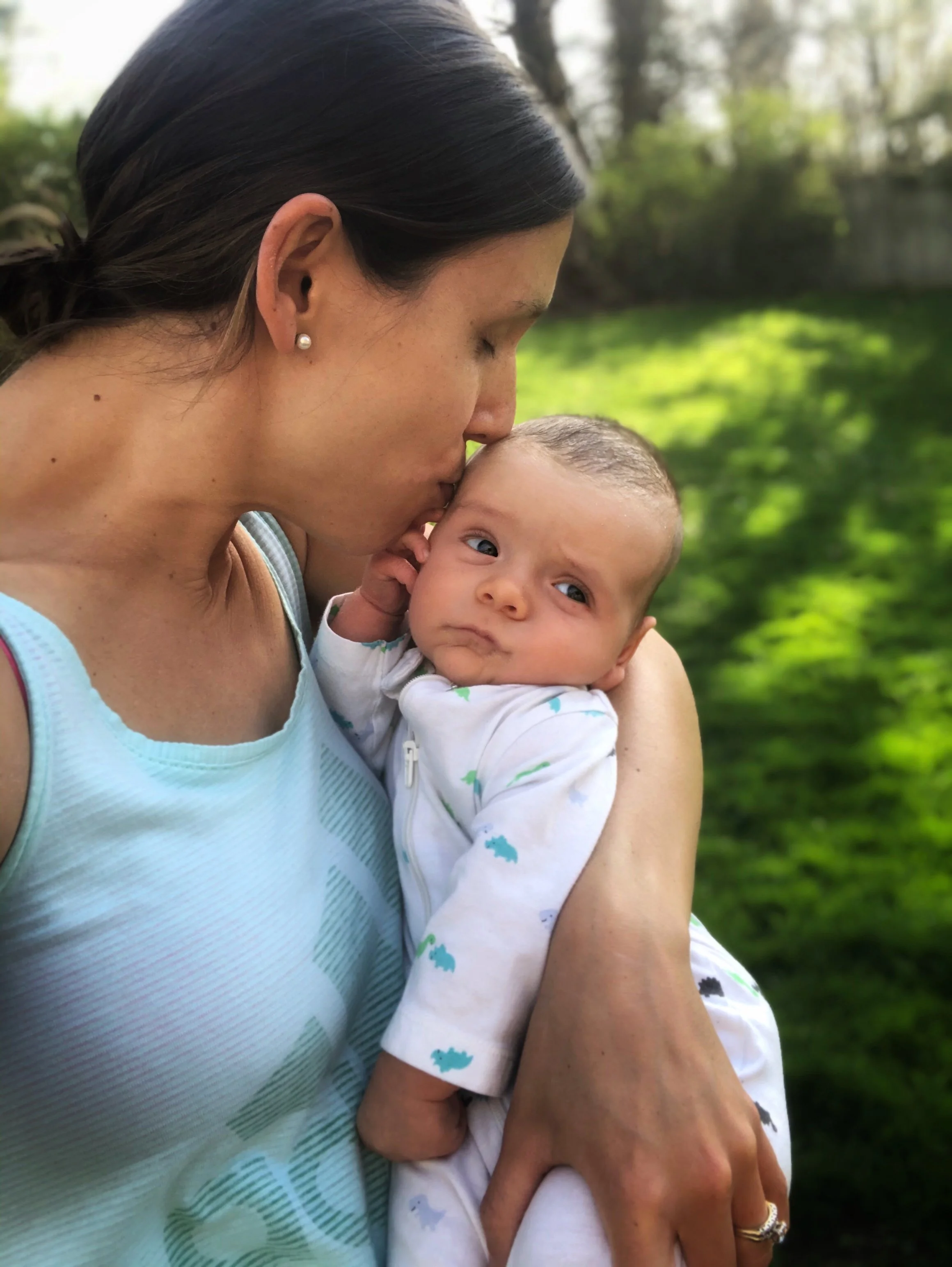Calories Burned From Pumping Breastmilk Calculation 🤯
If you’ve ever wondered whether pumping breastmilk counts as a workout, the answer is yes! 😂 ..just in its own unique way. Just like nursing, pumping requires your body to use extra energy to produce milk. On average, breastfeeding and pumping moms burn 300 to 600 calories per day depending on milk volume and frequency. That’s why many new moms notice changes in appetite, energy, and sometimes even postpartum weight loss while exclusively pumping or breastfeeding.
But how do you actually calculate the calories burned from pumping breastmilk? The key factor is milk output. Research suggests that producing 1 ounce of breastmilk burns about 20 calories. So, if you pump 25 ounces in a day, that’s roughly 500 calories burned (PLUS include an efficiency factor and it is even higher). Of course, every mom’s body is different: metabolism, supply, and pumping frequency all play a role in how much energy is used.
For exclusive pumping moms, understanding this calculation can be especially helpful. Not only does it help explain why you feel hungry after a long pumping session, but it also reinforces the importance of eating enough nutrient-dense foods. Adequate calories, hydration, and protein are essential for maintaining milk supply and keeping your energy levels up, no matter if you are nursing or pumping. Tracking both your output and your nutrition can give you a better picture of how your body is working hard to fuel your baby and your recovery.
Whether your goal is to support weight loss, maintain your milk supply, or simply better understand what your body is doing, knowing the calories burned from pumping breastmilk is eye-opening. Each ounce pumped is not just food for your baby.. it’s proof of the energy your body is investing into motherhood. By fueling yourself well, you’ll have the strength and energy to keep up with both your pumping schedule and your little one’s growing needs.
FULL calculation info and how-to below, but remember this is not exact and just for fun and knowledge! The most important thing is to nourish your body to support your needs and that of your baby. Eat intuitively, and keep on your pumping schedule!
My Turning Point With Pumping & How I Got There
In 8 weeks I went from this… TO THIS!!! By Changing this..
I thought it was “just me” and my body… At 5 weeks postpartum, I was told “your milk supply is gone” and “we can no longer keep trying exclusively nursing, you need to start formula right away.” Yes, we had struggled with latch, painful nursing, and poor weight gain but overall, I thought we were improving day by day. That’s when my doctor told me my breastfeeding journey was over.
Instead of giving up completely, I started triple feeding: pumping, still trying to latch baby occasionally, and giving formula supplements. I dove headfirst into researching pumping like crazy, desperate to find any tip, schedule, or hack that could make a difference. I tried everything out there, and eventually I found a few things that actually worked.
It wasn’t easy, there were tears, late-night pumping sessions, and moments when I felt like quitting. But slowly, ounce by ounce, my supply started coming back. And the best part? I proved to myself that it wasn’t just me .. my body was capable, it just needed the right support. It took time and determination, but it was so worth it! These are the top tips that really helped me, and I hope they help you too 🤍🤍🤍
One of my TOP Questions…
“What Pump Did You Change To?”
The BabyBuddha! A portable, strong and efficient pump that can be used as a main pump. I bought this with my own money (off a recomendation from YouTube..) and stopped using my free insurance provided wall pump.
SAVE $$ on the BabyBuddha With “BELL10” promo. This is a must try for mamas who want to increase milk supply, have flexibility and portability.. The one I recommend to my best friends, sister and YOU :)
2. The Momcozy M5! My must-have secondary pump that provides all the discreetness, on the go pumping and flexibility of a wearable pump with great suction and WITHOUT the high price tag! This one is the best price from Amazon and “BELLPUMP” will save extra off of the Amazon promo price!
“BELLPUMP” saves an extra 10% on all momcozy pumps on Amazon or momcozy.com!
Find More Info in “SHOP” at top of page and the “Complete Pumping Guide”
CDC vs. ABM: Which Breastmilk Storage Guidelines Should Moms Follow?
If you’ve ever Googled “how long is breastmilk REALLY good for?” and walked away more confused than before.. you’re not alone. The Centers for Disease Control and Prevention (CDC) and the Academy of Breastfeeding Medicine (ABM, Protocol #8) give different answers about safe storage timelines. 🤯
So which one should you follow? Let’s break it down.
Here’s a side-by-side look at the CDC vs. ABM recommendations:
Why They Differ
CDC gives the most conservative timelines to cover all situations, even when milk may not be stored under ideal conditions.
ABM offers extended timelines if you’re pumping and storing milk with very clean hands, sanitized pump parts, and quick refrigeration.
That’s why moms often hear two different answers depending on the source! There are even more recommendations with the USA like the American Academy of Pediatrics (AAP) and other organizations all over the world.
How to Decide What Works for You
If your baby is preemie, immunocompromised, or high-risk, stick with CDC’s stricter guidelines.
If you have a healthy, full-term baby and practice excellent pump and storage hygiene, you may feel comfortable with ABM’s extended timelines.
Always trust your instincts, if milk smells sour or off, toss it.
If you’re using the fridge hack or adding freshly pumped milk to milk that’s already been chilled, you may want to stick to the stricter CDC guidelines.
Free Printable Storage Guide
Want a fridge-ready cheat sheet? I’ve made a one-page printable of the CDC guidelines so anyone helping you with bottle feeding knows exactly how long milk can be safely stored.
Grab below and share for more!
Let’s Be Friends on Instagram! Check out the full video with the link below.
My Journey Collecting Colostrum Starting at 37 Weeks Pregnant
With my second pregnancy, I knew I wanted to prepare a little differently than I had the first time around. With my first baby, I had trouble latching, pain with breastfeeding, and my baby had extremely poor weight gain his first month of life. This is why I asked my doctor at 37 weeks pregnant with my second if I was cleared to start colostrum collection. I got the OK due to my low risk pregnancy and previous birth history. Once I received approval, I began hand-expressing and saving that “liquid gold” for my newborn.
What is Colostrum?
Colostrum is the very first milk your body makes during pregnancy and in the first few days after birth. It’s usually thick, golden, and nutrient-dense. I like to call it a “superfood for babies” because it’s packed with antibodies, proteins, and immune-boosting power. Even just a few drops can do amazing things for a baby’s health.
Why I Decided to Collect Colostrum Before Birth
For me, colostrum collection was about peace of mind. With my first baby, I had a tough start to breastfeeding and remember the stress of worrying if my baby was getting enough. This time, I wanted to be prepared. Having a small stash meant that if my new baby had any latching issues, low blood sugar, or needed extra supplementation, I’d already have nutrient-rich colostrum ready.
It can be especially reassuring for moms with certain situations like gestational diabetes, planned C-sections, or multiples. For me personally, it was about giving myself (and my baby) a little extra support right from the start.
How I Collected Colostrum
Here’s what I did each session:
Washed my hands thoroughly.
Gently hand-expressed instead of using a pump (colostrum is thick and comes in drops, not streams).
Collected each drop into a sterile syringe or container.
Labeled the syringe with my name, the date, and time (Follow CDC breastmilk storage guidelines)
Stored it immediately in the fridge or freezer.
The first few times I only got a drop or two, and that’s completely normal! Colostrum is produced in very small amounts, and every single drop counts.
Important Things I Learned
Always check with your doctor before starting. Pumping or expression in pregnancy may cause contractions, so I only started after my provider gave me the green light.
Be patient: it can take practice and may feel slow at first.
Stop if you ever feel pain or discomfort.
- When I first started, I was doing only hand expression into a small pre-sterilized vile. It was only drops at a time for the first week.
- The second week, I used again hand expression, and addition of a manual pump. I started to get more colostrum collected at this time, again using tiny vials that were pre-sterilized and could be frozen.
-At 39 weeks, I used hand expression, manual pump, and a wearable pump. I started to get out even more, especially with the wearable pump! I froze the collected colostrum to have ready anytime baby would get sick, or if baby had low blood sugar, or issues latching like I had with my first baby.
My baby arrived at 39 wk 6 days naturally and without induction! Luckily, my second baby had a better latch than my first and I continue to work on directly nursing🤱🏻 I would harvest colostrum during that first week after nursing to store extra however I could (wearable pumps and manual pump). I have since used colostrum as a first line of defense against any illness, for eczema skin care, treatment for eye irritation, as a supplement while I was at work, and some was donated!
This journey was amazing for me! But remember, it’s not for everyone and it’s a must to talk with your doctor or midwife before starting ✨🤍
—————————————————————————————————————————————————————————————————————————————
One of the BEST things I did to make pumping easier with a baby is use a wearable pump! I would highly recommend the momcozy M5: it is discreet, easy to use, and always gives me great output!
SAVE $$ with PROMO ✨ BELLPUMP ✨ on all momcozy pumps on Amazon or momcozy website. See my full list below 👇
Remember: This is not medical advice, just my personal experience. Always consult your own doctor for what’s right for you.
August is World Breastfeeding Month!
Happy World Breastfeeding Month!
Honestly - breastfeeding and formula feeding aren’t the same experience for new moms. Feeding your baby in any form is incredible, but growing milk with your own body (pumping, tube feeding or nursing)? That’s next level.
Breastfeeding means your baby relies on you: your time, energy, body, nutrition and calories. It means chugging water, eating enough calories, and still pushing through mastitis, clogged ducts, soaked shirts, and the anxiety of nursing in public.
Some moms pump or nurse until it hurts. Some nurse through tongue ties, latch issues, and total exhaustion. Some wake every 90 minutes just to protect their supply. Some moms planned to only nurse and switched to pumping not by choice. Some moms overcome low milk supply, while some make just enough and some combo feed with however much breastmilk they can make, because all are powerful!
This is not for comparison, but to honor the invisible, exhausting, beautiful effort that goes into breastfeeding.. whether you did it for a day, a month, or several years.
That’s what this week is about:
Raising awareness. Offering support. Celebrating the mothers who gave so much of themselves.
If that is you - YOU have done incredible things for your baby and yourself, offering incredible benefits to last a lifetime💛
HOW TO CELEBRATE??
Make a Breastmilk Keepsake: Turn your liquid gold into a lasting memory! Order or DIY a keepsake like breastmilk jewelry, soap, or lotion. It’s a beautiful way to honor the time, energy, and love you’ve poured into your feeding journey.
Share Your Story: heartfelt post, funny reel, or blog entry: use your voice. Share your breastfeeding journey on social media. Be real. Be raw. You never know who you might inspire or encourage by opening up.
Support Another Mom: Offer your help and invaluable advice! Drop off a snack box, send a supportive message, or share your favorite breastfeeding tips and products. Sometimes, one kind word can make a huge difference.
Donate Breastmilk or Supplies: If you have extra milk, consider donating to a milk bank or another mom in need. Not a milk donor? You can still help by donating unused breast pump parts, nipple creams, or lactation teas to moms or shelters.
Host a “Milk Mama Meetup”: Connection is key! Meet with local mamas in a breastfeeding or pumping support group for a casual coffee date, park picnic, or virtual Zoom chat. Share your journeys, laugh about the leaks, and connect over the ups and downs of breastfeeding.
Simple Celebration of Yourself! Reminisce on your journey so far, write a journey entry for yourself to look back on and read later. Take a picture of your journey for yourself. Grab a special treat to celebrate everything you have done so far!
Breastmilk Lotion Recipe & Video
Do NOT waste that precious 🌟liquid gold 🌟
Did you know that breastmilk is amazing not only for baby’s food but for baby’s skin as well? This can be made with fresh or frozen milk, even that milk that is getting a little “too old” to feed to your baby or toddler.
This breastmilk lotion is easy to make (only took me 10 minutes and one container), contains minimal ingredients, and can be long lasting with proper storage!
Here’s what I used in my lotion:
🍼 4 oz breastmilk
🐝 1 TBS beeswax
💧4 drops vitamin E oil
🥥 4 oz coconut oil or grape seed oil
🪻Essential oils (optional - I omitted due to sensitive skin)
FULL Video and recipe below: https://www.instagram.com/reel/DM8HVJ0uAp_/
Amazon Lotion Items: https://amzn.to/45ynR1H
FULL recipe and ingredient replacement options for homemade breastmilk lotion.
* ALWAYS check with your own doctor for any questions, advice or before starting any new lotion or remedy for your child.
Get More Sleep AND Increase Milk Supply?? 👀
Yes, it IS possible!!
WHY: because for milk supply: milk removal, sleep, stress, and hormone balance are all important! With the schedules shown here, you can still pump an adequate number of times per day while front loading most of your pump sessions for during daylight hours and minimizing MOTN (middle of the night) pump sessions 👏👏
For example, with a newborn, you are pumping about eight times a day to mimic their feeding schedule, but two power pump sessions will help replace middle of the night pumping well also providing enough stimulation to you increase milk supply.
The key is spacing your pumps in a way that allows your body to still respond well to stimulation and emptying. That usually means keeping your total number of sessions still about 8 in 24 hours (and less after 3 months postpartum), with slightly longer gaps at night (like 5–6 hours instead of 3–4). I found that that shifting one session from overnight to earlier in the morning, or doing a "power pump" during the day, helps compensate. You’re essentially giving your body a break at night and making up for it with effective daytime sessions.
Sleep More Schedules also reduce stress.. another major factor in milk production. Less exhaustion means more consistent output, better letdowns, and a stronger mindset. Every body is different, so it may take a week or two of trial and error to find your perfect schedule and routine. But don’t be afraid to protect your sleep. Prioritizing rest isn’t just good for your mental health, it may actually improve your pumping journey.
When I first started pumping for my first baby at 5 weeks postpartum, I was pumping every 2-3 hours overnight because I had to feed in those time intervals as well, but after 8 weeks, even though my milk supply was still low, I was able to decrease night feeds, increase day pumping and still majorly increase milk supply!
Here are the schedules that worked for me…
IF you want the FULL PDF right to you, Follow me on my Instagram and comment “schedule” on this post here:
My Story: “Breastfeeding will be easy RIGHT?”
During pregnancy, I knew I wanted to breastfeed and planned on exclusive nursing my baby. While I did have some concerns and fears around breastfeeding, I thought it should come naturally.
When I left the hospital with my baby, I brought home a beautiful 8 lb healthy baby and starting nursing him at home. However, latch was painful those first few days. I was told at the by my doctors and nurses that this was normal and would sort itself out shortly. I continued to nurse through the pain, but knew something was off. I started to see lactation consultants and doctors regularly to help with our latch issue. It was determined his latch looked “OK” and he had no lip or tongue ties. However, at 5 weeks old he was barley back up to birth weight, and his pediatrician said we needed to start formula supplementing right away.
From under 10 oz to > 50 oz a Day: My Pumping Journey
It was at this time that I decided to try pumping. At 5 weeks postpartum, when I first started pumping, I nearly lost my supply completely, producing just a few drops at each session. But I refused to give up.
Through trial and error, I discovered pumping hacks, upgraded my pump, and found the tips that worked best for me. Slowly, my supply increased: first to 5 oz, then 20 oz, and finally over 50 oz a day with ups and downs over the time period of 2 months. I ended up exclusive pumping with enough to bottle feed my baby and thousands of oz to donate to my local mother’s milk bank.
Now, I’m passionate about helping moms like you navigate the challenges of pumping with confidence. Whether you’re exclusively pumping or nursing and pumping, this guide is here to empower you every step of the way.
Personally → I changed my flange size, got a new pump that worked better for me (BabyBuddha), added massage while pumping, kept to a strict 2-3 hour pump schedule, power pumped, ate better (and more), and took my prenatal vitamins. I added comfort while pumping: coconut oil in the flange tunnels (or get a pumping spray) and used pump cushions are some of the changes that I made.
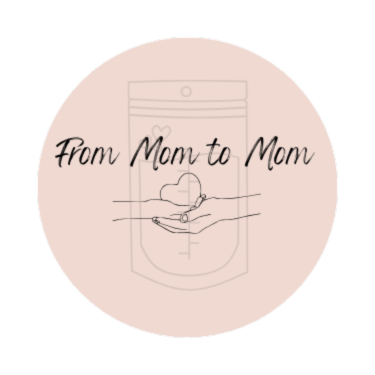



![1[1].png](https://images.squarespace-cdn.com/content/v1/6883ba39c53b467456ded374/1758210610248-U8ZIB23PKTTNYCA0ZJOK/1%5B1%5D.png)
![3[1].png](https://images.squarespace-cdn.com/content/v1/6883ba39c53b467456ded374/1758210653953-729WX3AM8BBNOM4HD2Y6/3%5B1%5D.png)







